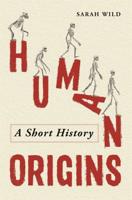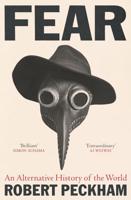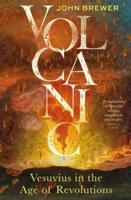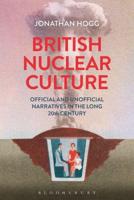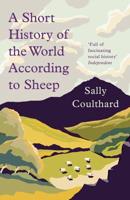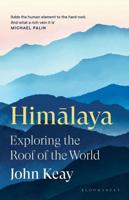Publisher's Synopsis
The vast multinational scientific monoliths of the late-1990s bear little resemblance to the modest laboratories of the early 19th-century. Yet early in that century - when heat and electricity were still counted among the elements - changes were already under way that would revolutionize chemistry and physics into the "big science" of the late 20th-century, expanding tiny, makeshift laboratories into bustling research institutes. It also replaced the scientific amateurs and generalist savants of the early Victorian era with the professional specialist of contemporary physical science.;Mary Jo Nyce traces in this text the social and intellectual history of the physical sciences from the early 1800s to the beginning of World War II, examining the sweeping transformation of scientific institutions and professions during the period and the groundbreaking experiments that fueled that change - from the earliest investigations of molecular chemistry and field dynamics to the revolutionary breakthroughs of quantum mechanics, relativity theory, and nuclear science.



